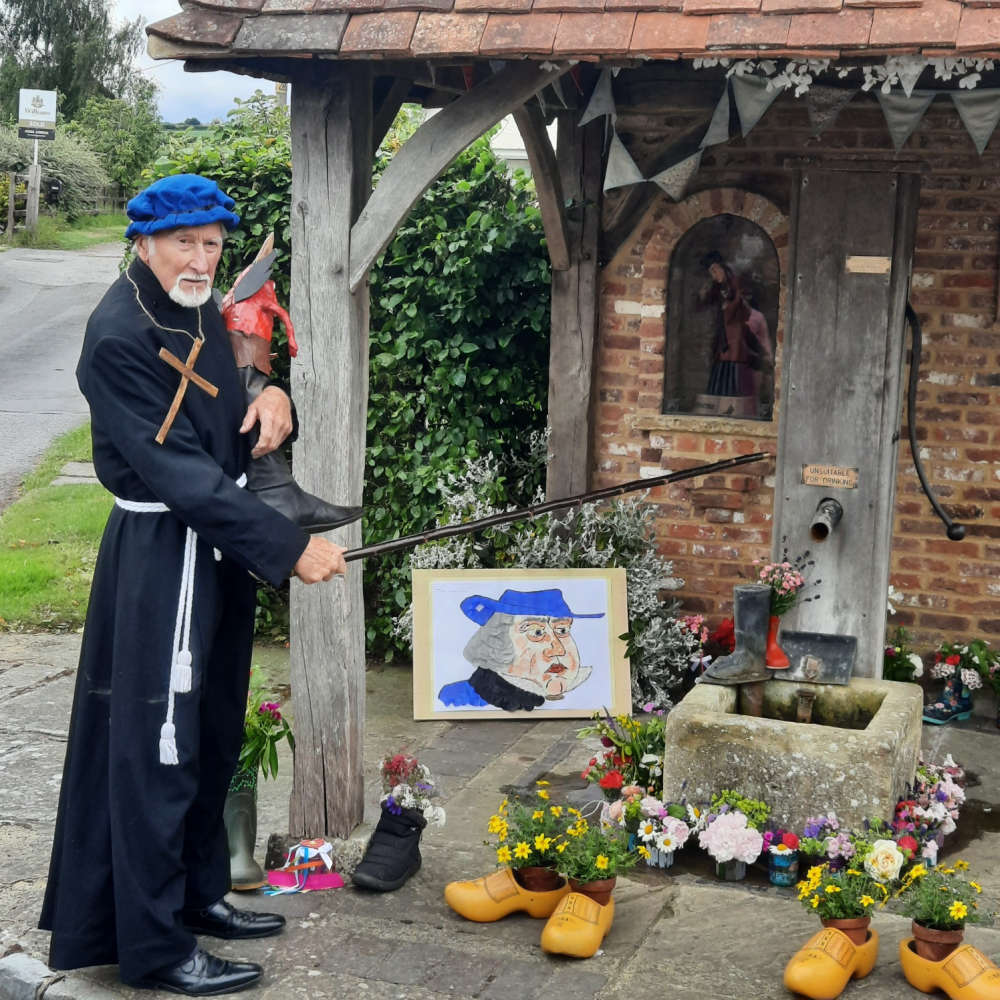
The water from the well was soon believed to possess healing properties, in fact King Henry VIII himself visited the Holy Well in 1511 and again in 1521, seeking relief from his gout, apparently.
The Holy Well of North Marston: A Sacred Legacy of Sir John Schorne
In North Marston, Bucks, lies a small but deeply revered site of English religious history: the Holy Well, also known as Schorne’s Well. With roots reaching back to the 13th century, this sacred spring is steeped in legend, pilgrimage, and spiritual folklore, most of which centers on the remarkable figure of Sir John Schorne.
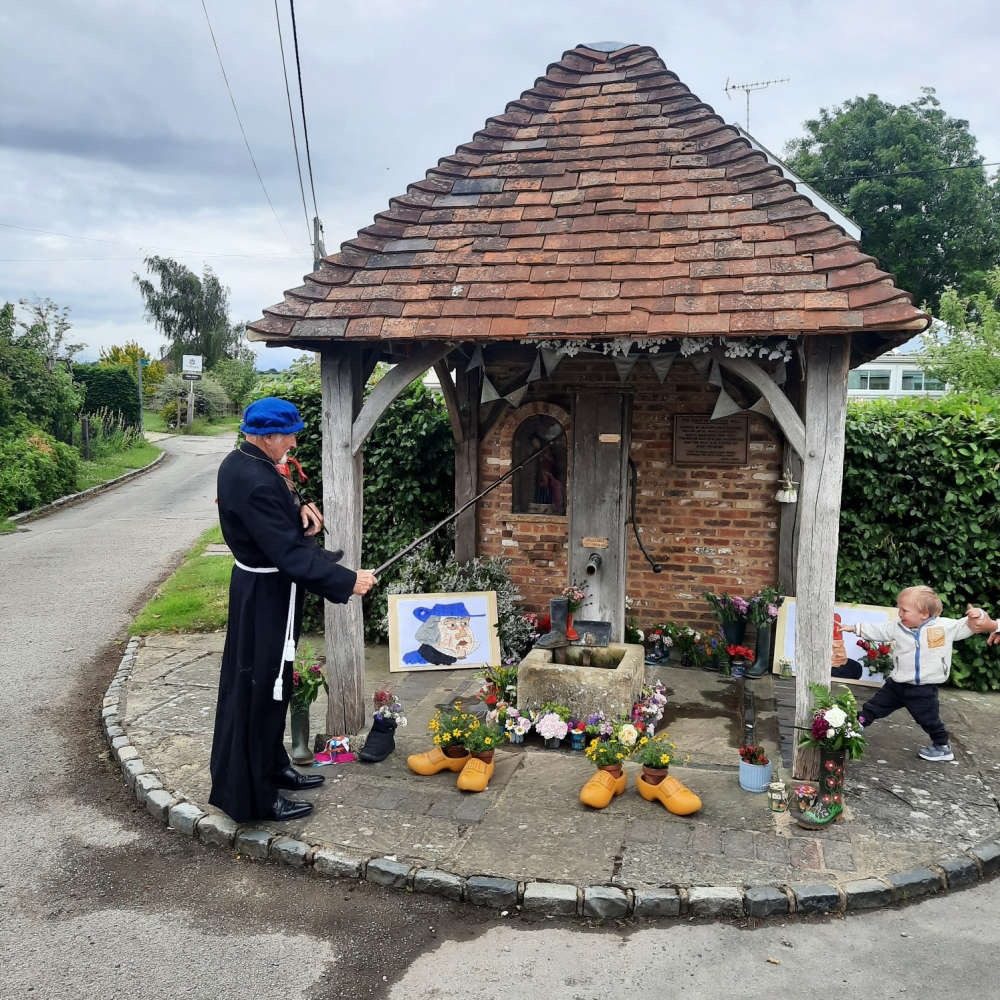
The Man Behind the Miracle
Sir John Schorne was appointed rector of North Marston around 1282 to 1290. Known for his devout character and reputed spiritual powers, Schorne quickly gained a reputation for holiness. According to legend, he discovered the well during a time of drought, striking the ground with his staff and causing a spring to burst forth. The water from the well was soon believed to possess healing properties—particularly for ailments such as gout and ague.
One of the more famous stories about Schorne recounts his dramatic exorcism of the devil, which he is said to have confined in a boot. This image of Schorne holding a boot containing a tiny demon became iconic, appearing on pilgrim badges and in church iconography across England.
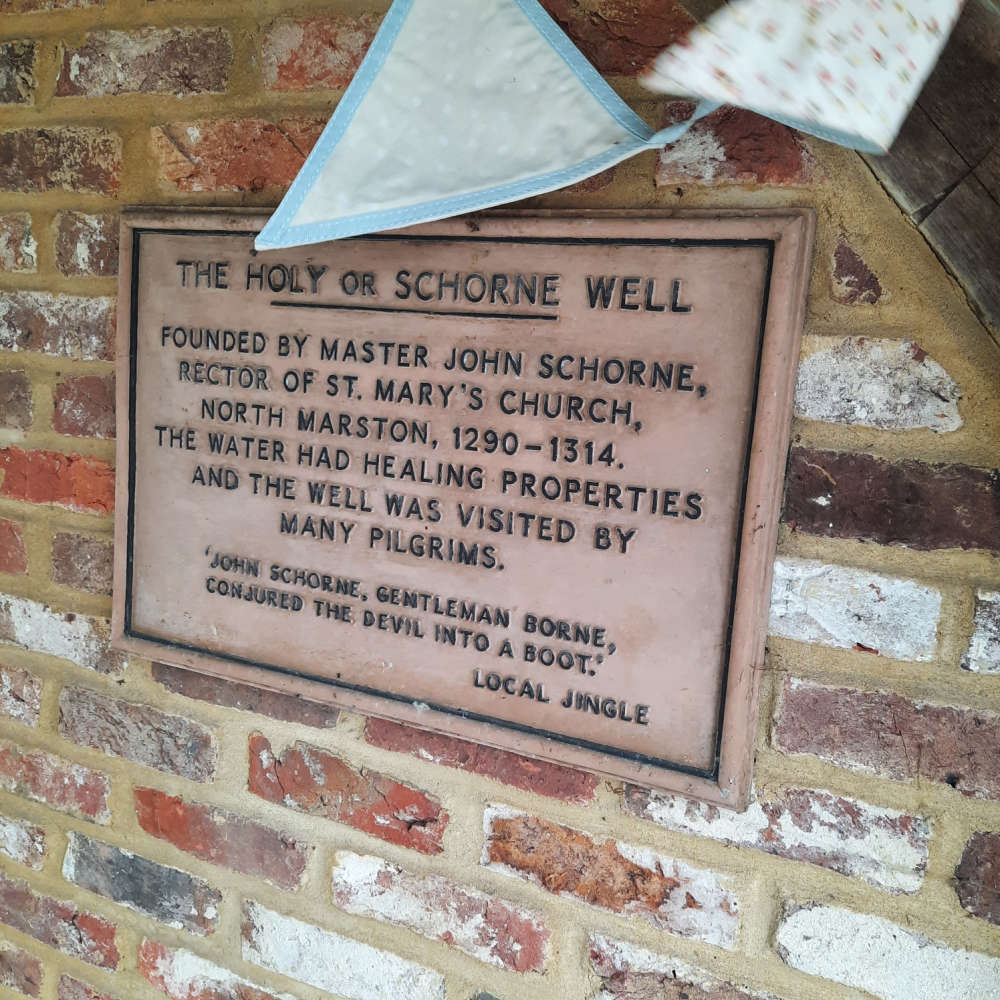
A Centre of Medieval Pilgrimage
Following Sir John Schorne’s death in 1313, his shrine and the well became major pilgrimage destinations. By the 15th century, North Marston had become the third most visited pilgrimage site in England, surpassed only by Canterbury and Walsingham.
Pilgrims flocked to the village to drink from or bathe in the healing waters of the well. Some stayed in houses along Church Street, a few of which still stand today. Sadly, many of these historic dwellings were destroyed in a later village fire. Despite this, the sacred spring endured, drawing visitors from all walks of life—including royalty. King Henry VIII himself visited the Holy Well in 1511 and again in 1521, seeking relief from his gout.
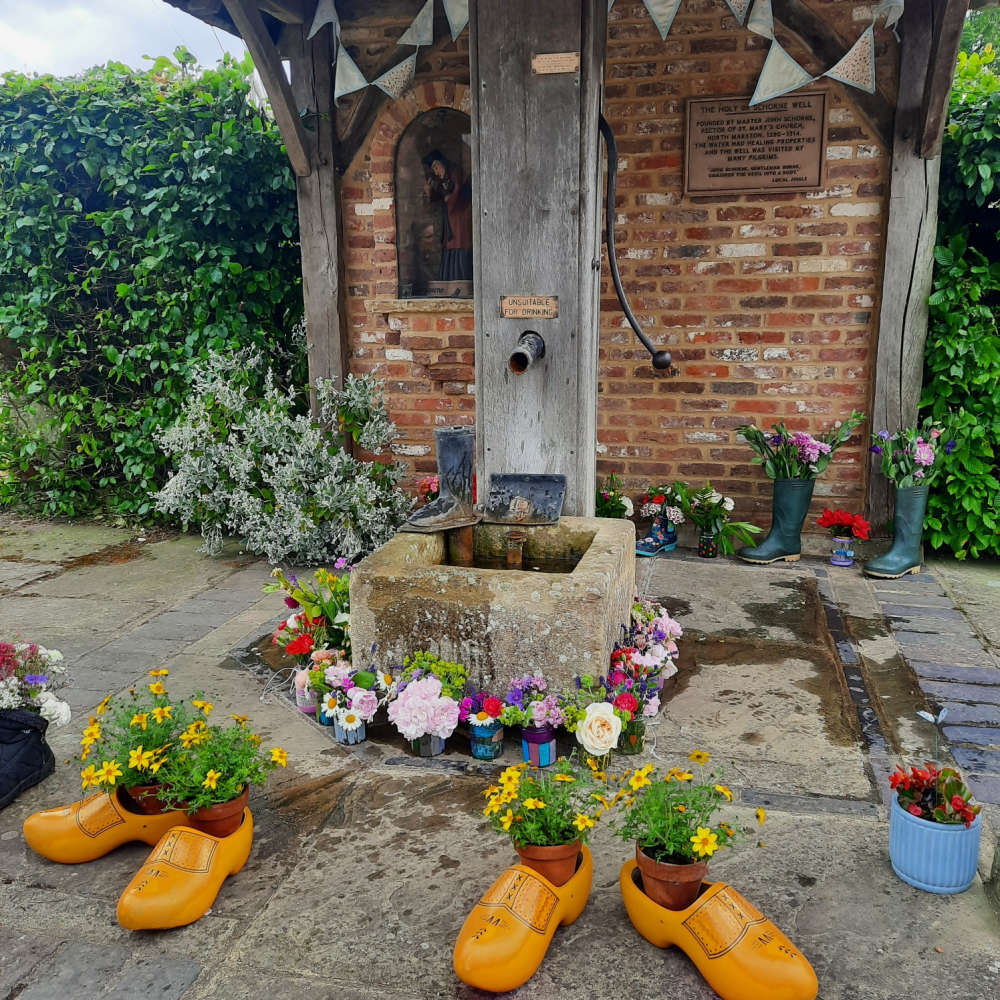
Relocation of the Saint's Remains
In 1478, more than a century after Schorne’s death, his remains were moved with papal permission to St George’s Chapel at Windsor Castle. This relocation further cemented his posthumous fame, though the shrine in North Marston continued to attract pilgrims until the religious reforms of the 16th century.
A Site of Enduring Healing
The legacy of Schorne’s Well did not end with the Reformation. Local accounts claim that during the cholera outbreak of 1835, North Marston was spared—thanks, it was believed, to the holy water from the well. Physicians even reportedly used the water in treatments, reinforcing the spring's reputation as a source of healing.
Restoration and Revival
After centuries of wear and changing fortune, the Holy Well underwent a significant restoration between 2004 and 2005. Spearheaded by local residents and the Walcote Farm team, the project reviewed multiple design options before selecting a simple but respectful plan. Today, the well features a hand pump housed in a modest brick shelter with timber supports and a stone-lined cistern.
On the day of the well’s official reopening, a poem was read to commemorate the event, echoing the centuries-old spiritual significance of the place. Photographs taken before and after the renovation reflect the care and attention given to preserving this historical treasure.
A Living Legacy
Located on Schorne Lane, near St Mary’s Church, the Holy Well remains accessible to visitors and pilgrims. The site is not only a symbol of local heritage but also a rare and enduring link to medieval religious life in England.
Whether you come in search of history, faith, or simply a quiet moment beside ancient waters, the Holy Well of North Marston continues to offer a glimpse into the sacred past—and the extraordinary life of the man who made it holy.



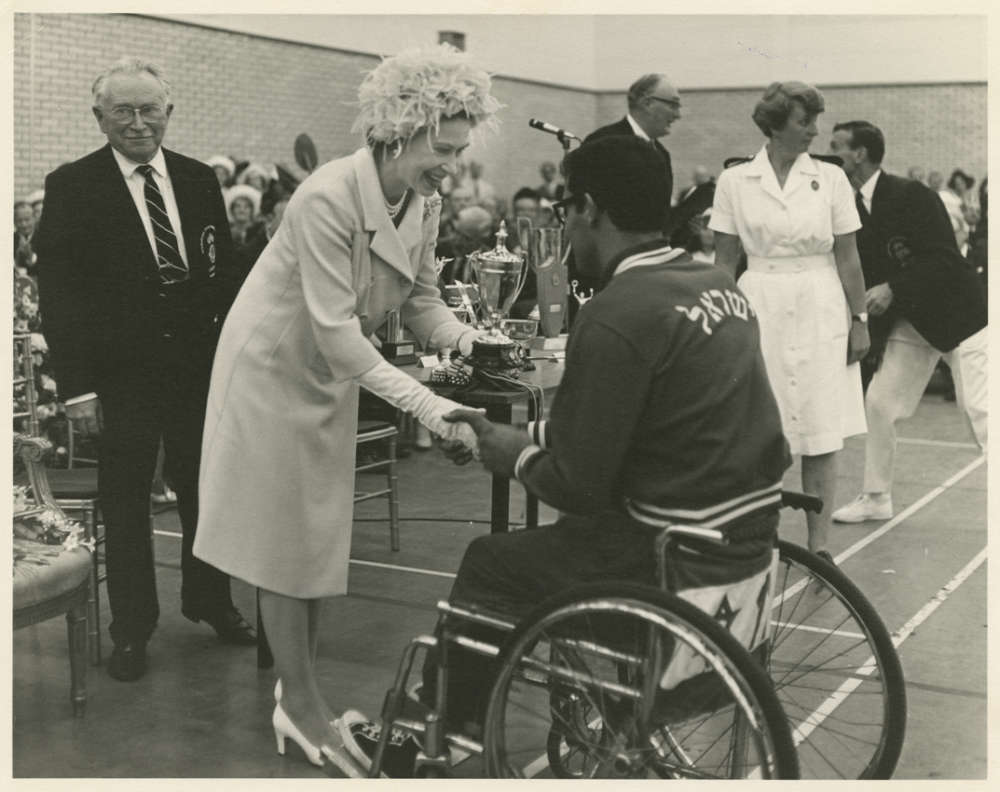 75 Years of the Paralympic Movement which started in Stoke Mandeville.
75 Years of the Paralympic Movement which started in Stoke Mandeville.
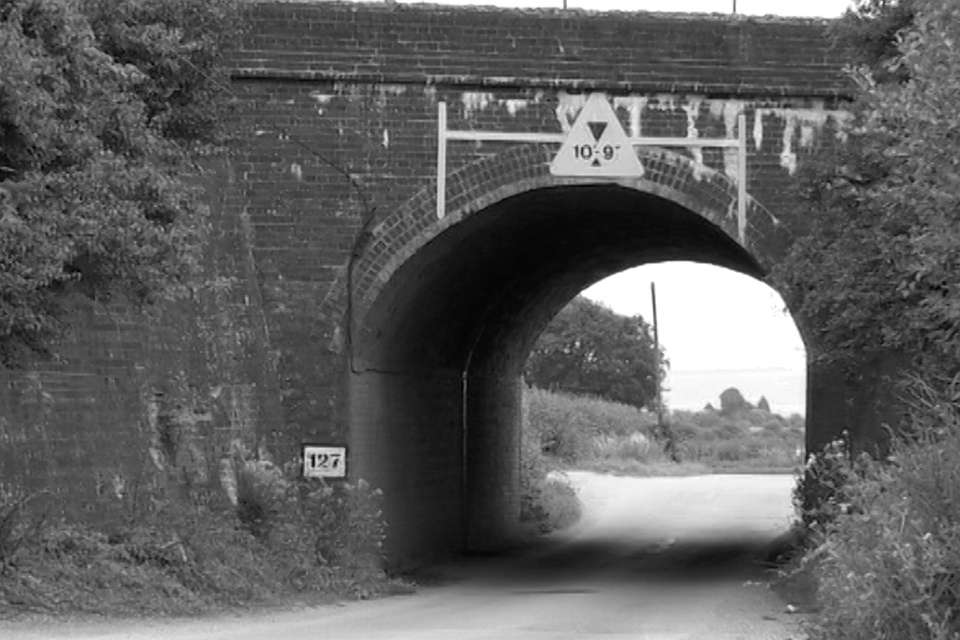 The Great Train Robbery happened here in Bucks 60 years ago
The Great Train Robbery happened here in Bucks 60 years ago
 'Churchill's Toy Shop' at The Firs, Whitchurch
'Churchill's Toy Shop' at The Firs, Whitchurch
 Lewis Capaldi Latest Video Filmed in Bucks
Lewis Capaldi Latest Video Filmed in Bucks
 A Wendover Woman Discovered What the Universe was Made of
A Wendover Woman Discovered What the Universe was Made of











